#John Akomfrah
Explore tagged Tumblr posts
Text










TESTAMENT (1988) dir. JOHN AKOMFRAH
124 notes
·
View notes
Text
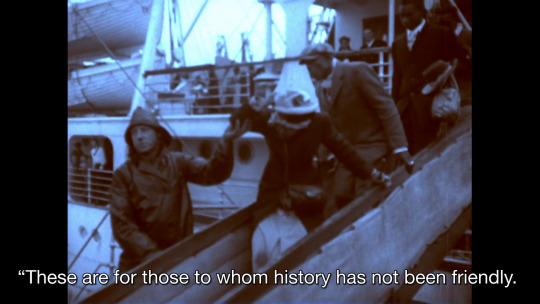
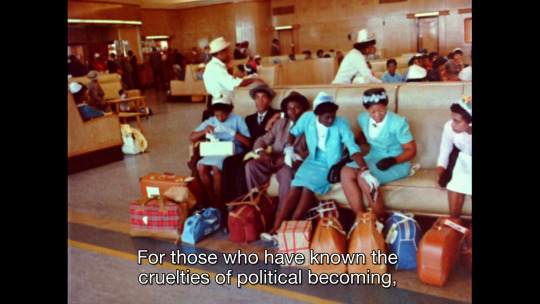
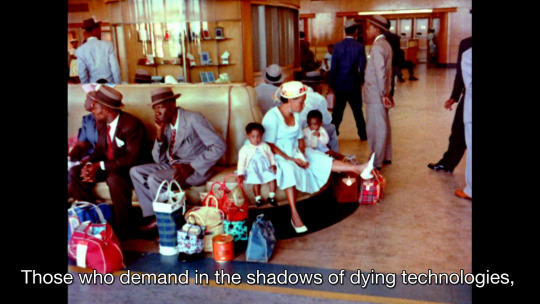
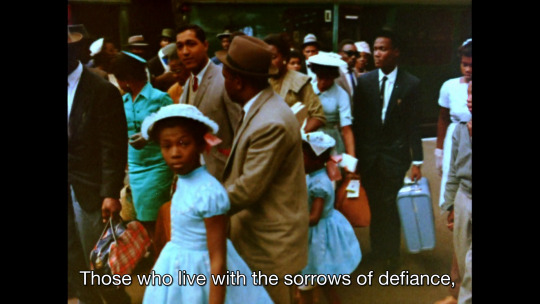
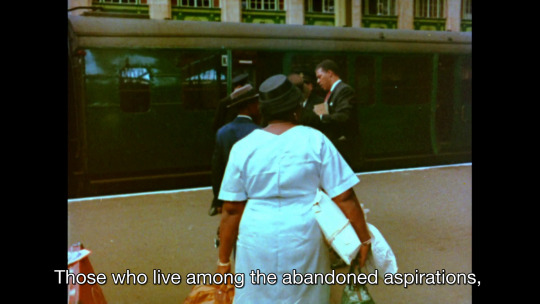
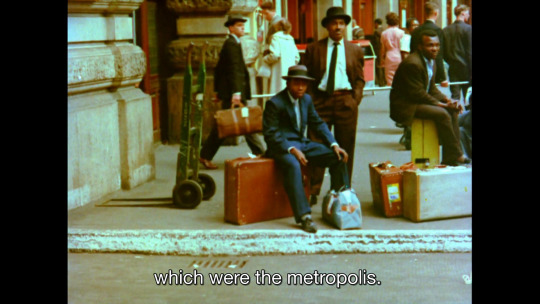
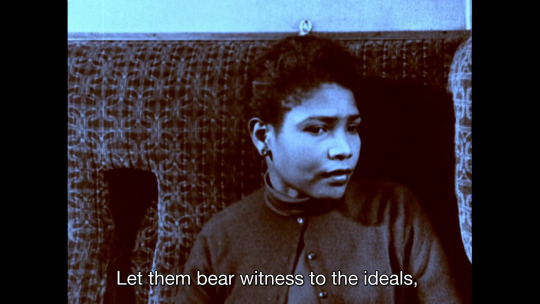
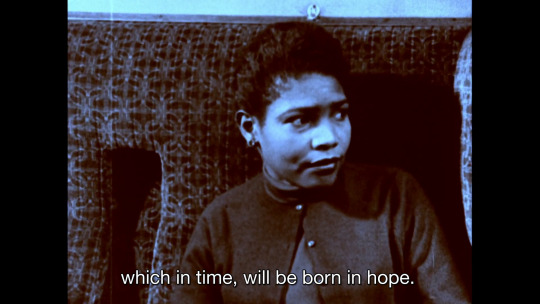
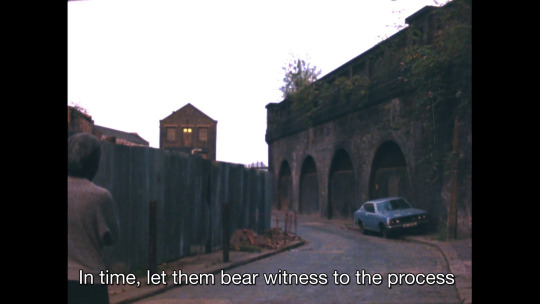
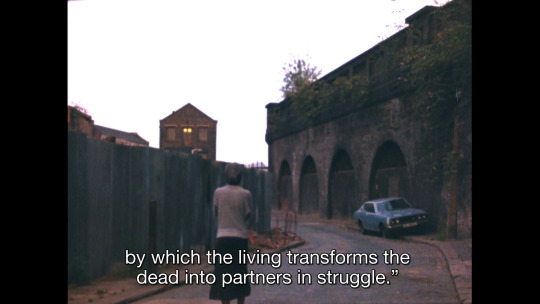
John Akomfrah / Black Audio Film Collective
- Handsworth Songs
1986
#Handsworth Songs#John Akomfrah#Black Audio Film Collective#british film#documentary#experimental film#1986#hauntology#Mark Fisher
396 notes
·
View notes
Text



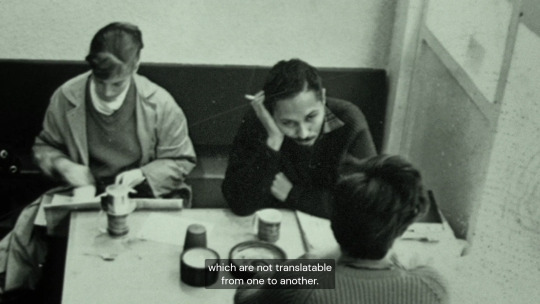
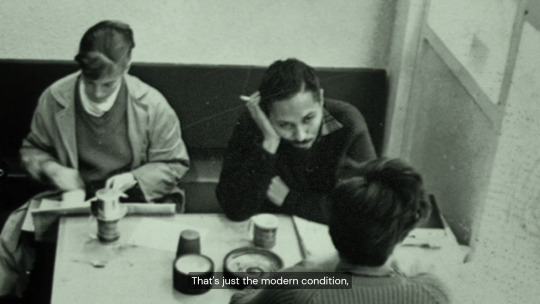
The Stuart Hall Project (2013)
22 notes
·
View notes
Photo

The Method
John Akomfrah: Purple
#museum#black and white#dc#hirshhorn#john akomfrah#hirshhorn museum#washington#september#around dc#my work#photography
17 notes
·
View notes
Text

Happy 67th, John Akomfrah.
Photo by Adama Jalloh.
5 notes
·
View notes
Text

John Akomfrah
tills from Five Murmurations, 2021. Video, 45 minutes, black and white, sound All works courtesy Smoking Dogs Films and Lisson Gallery
3 notes
·
View notes
Text
The Sachairi & Peaches Show - S1E17 - Your Sidekick Has Arrived: Nimona's Unique Journey
(Hey there folks! Tumblr is apparently having issues with showing Spotify preview embeds, at least on my end, so for the time being, a link to the episode in question will be provided instead. You can listen to The Sachairi & Peaches Show through various podcast platforms, including Spotify, iHeartRadio, Audacy, TuneIn, Goodpods, Pocket Casts, and others.)
Following his trip to the Washington, DC area, Adrian rejoins Emma as they share about the latter's new internship and other life updates, and the former's aforementioned vacation in the DMV (DC, Maryland and Virginia). Afterwards, they dive into the Netflix animated film, Nimona, and discuss about its unique journey throughout the film and behind the scenes, and Adrian shares his thoughts about Ghanian-British artist and filmmaker John Akomfrah's installation, Purple, currently showing at the Smithsonian's Hirshhorn Museum.
This week's discussion on Nimona contains themes which contain thoughts and depictions of self-harm and suicide. Help is available if you or someone you know is experiencing those thoughts. In the US, you can call the Suicide and Crisis Lifeline at 9-8-8; and The Trevor Project's TrevorLifeline for LGBTQ+ youth and adults by calling 1-866-488-7386 or by texting the word "START" to 678-678. In the UK, you can call the Samaritans at 116-123. Other resources are available in your community and online from the International Association for Suicide Prevention at iasp.info/suicidalthoughts, and from Netflix's own support resources website at wannatalkaboutit.com.
Question of the week: What are your thoughts about Nimona? Reply now under this recap entry or reblog it with your answer, or if you listen via Spotify, through their Q&A feature!
Follow The Sachairi & Peaches Show: Instagram: @ sachairiandpeaches Threads: @ sachairiandpeaches
Follow Adrian: DeviantArt: @ AdrianMata26 Instagram: @ adrianmata26 and @ sachlandhub Threads: @ adrianmata26 and @ sachlandhub YouTube: @ Sachland (Adrian Mata // Sachland)
Follow Emma: DeviantArt: @ LocalPeaches YouTube: @ localpeachesstudios8124 (LocalPeaches Studios)
#The Sachairi & Peaches Show#SachairiAndPeaches#Nimona#John Akomfrah#Chloe Grace Moretz#Riz Ahmed#Blue Sky Studios#ND Stevenson#Nimona 2023#nimona netflix#ballister boldheart#animation podcast#new podcast episode
2 notes
·
View notes
Text
youtube
Border/Talks: A Conversation with John Akomfrah on Sea-Migration, Borders, and Art
"You only manage to escape that void of history by just invoking things in relation to each other, they need to seem as if they are talking to each other, that one is not simply like an absent figure but has resonance, precursors, prehistories, and that they bring all of that to the table when the conversation take place...
The blurring of boundaries and borders is in fact an ethical and an aesthetic strategy."
--
"...we need to have a conversation that distinguishes between the two definitions of freedom that underpins these discussions about migration. No one asks this question about capital. No one asks the question about money or goods. Can goods move? Of course, that's just accepted as natural. People? Oh well... And there's something wrong with that neoliberal logic where people make goods, services, commodities more important than human beings. I'm about trying to reverse that logic. It's about how one describes the world, and what you think is of value in the world."
2 notes
·
View notes
Text
💥John Akomfrah - Handsworth Songs [1986]💥
youtube
#duttylingo#windrush#slavery#windrushgeneration#transatlantic#handsworthsongs#visual art#video#John Akomfrah#Youtube
1 note
·
View note
Text
pictures I took at Hirshhorn Museum in Washington DC: other random ones lol
pictures I took of "Four Talks" by Laurie Anderson:
part 1
part 2



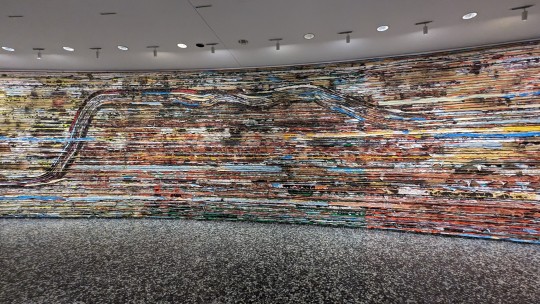
Mark Bradford: "Pickett's Charge"


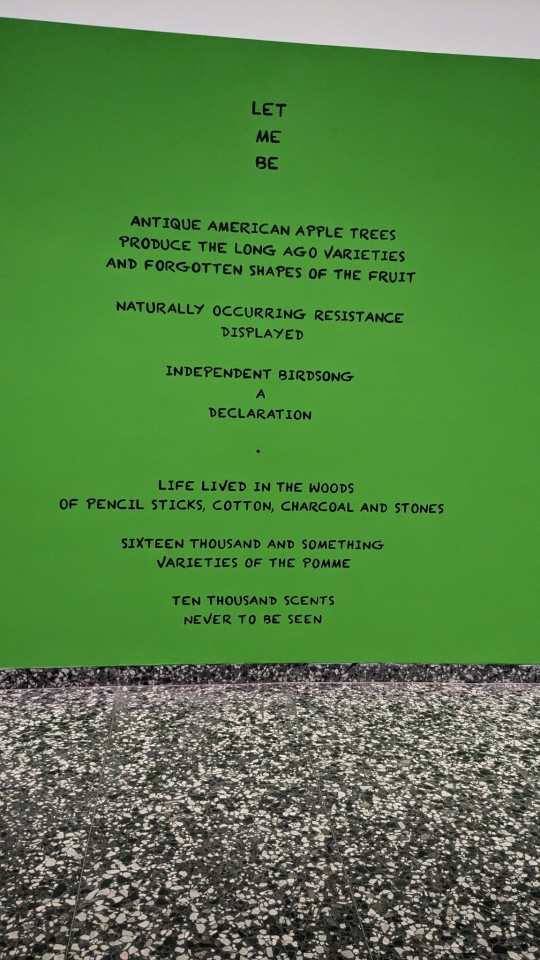
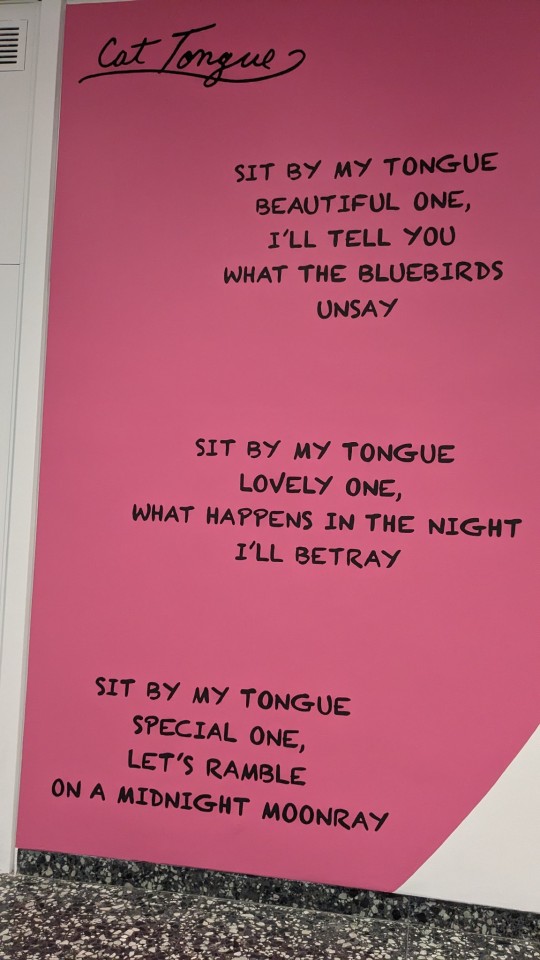
Jessica Diamond: "Wheel of Life"

John Akomfrah: "Purple" (don't mind my mom peeking out from around the corner lol
the main part of this exhibit was a 62 minute long movie about climate change that made me cry
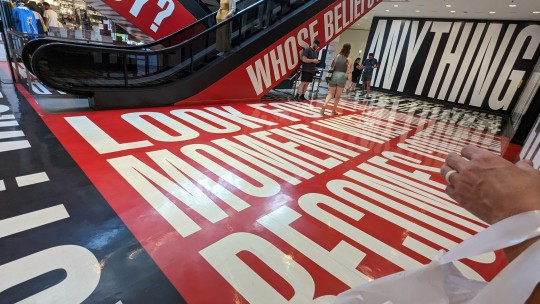
Barbra Kruger: "Belief + Doubt"
i'd recommend looking up pictures of this one because the picture I took isn't great lol
1 note
·
View note
Text








THE STUART HALL PROJECT (2013) dir. JOHN AKOMFRAH
82 notes
·
View notes
Text
Jah Shaka in the Black Audio Film Collective's 1986 film "Handsworth Songs".
#John Akomfrah#Black Audio Film Collective#Jah Shaka#Handsworth Songs#documentary#experimental film#1986
233 notes
·
View notes
Text



The Stuart Hall Project (2013)
5 notes
·
View notes
Text
Black Skin White Screens
Another email response that I think might be useful here. Person was asking a question about why nobody cites Black film as influences: When Moonlight dropped nobody was talking about Clockers even though there were clear visual and dramatic elements referenced. Instead everyone (the filmmakers, critics, etc) was talking about French and Hong Kong cinema. So people even deny Spike's influence.
But, I think you might be mistaking a symptom for the disease. Tons of Black filmmakers were influenced by nonBlack filmmakers. French Impressionism & German Expressionism influenced Julie Dash; Charles Burnett loved British Kitchen Sink cinema; Bradford Young and I had a great convo about Apichatpong Weerasethakul one time; Haile Gerima almost killed me bc I interrupted a screening of Solaris by one of his GOATS Andrei Tarkovsky 😂 Even John Akomfrah's affective proximity, which AJ loves to employ, is an evolution of Eisenstinian montage.
The difference is that most of these filmmakers were steeped in, trained in, and worked in Black film. They weren't working within the studio system (though Burnett would go on to work with Disney in the 90s). There were Black spaces from Studio Museum in Harlem to Performing Arts Society of Los Angeles. There was public funding for TV that Marlon Riggs, Chamba Productions, etc. were able to take advantage of. Now all of these programs are either severely underfunded or gone completely. I think this is the primary reason: There aren't that many (semi)autonomous Black film/cultural spaces left. And so there's no cultural push for such things.
All the money and attention is in white spaces. I know some filmmakers who either did a concept short for a feature or are in prepro on their first feature. The people around them have told them that they need to find European equivalents to their Black influences or else the money and attention will dry up. It's a structural thing. Two suggested comparisons that stuck out to me were Bill Gunn & Steven Soderbergh and Kathleen Collins & Maya Deren. These directors are not doing anything close to the other. It's just "scrappy indie director" and "known female director". I guess that's how things are commodified now.
Back in the 90s John Singleton went to Senegal to study under Ousmane Sembène. Part of the conversation is in Manthia Diawara's Sembéne: The Making of African Cinema. Diawara screened a bunch of cut footage from this conversation a couple years back but I don't think it's online. So literally 30 years ago there was still a connection to the past. What you're describing is a recent development.
So much of the last decade of Black cinema is animated by liberal identity politics and white guilt. from How They See Us to Birth Of A Nation. Even films that aren't so explicit about the white gaze like Moonlight are still affected by this phenomenon. It's not shocking that it won best picture after #OscarsSoWhite nor is the volume of Black cinema represented that year surprising. I have my suspicions that Barry was affected by the same antiBlack forces my friends are fighting now. He was tweeting about Clockers in the months preceding production.
The industry is in flux right now + the transition from Obama to Trump (which we're still in btw) are all at play here. Film, especially Black film, is in retreat right now. The best we can do at this moment is be torch bearers of our lineage. I always feel like I'm mopping the ocean but every now and then a legend messages me a thank you or a new subscriber shows their appreciation.
In this climate of "Black firsts" (well firsts in white spaces) it's good to see you articulate how you want to build on the past. Being the Black 101st means that despite colonialism and slavery and Jim Crow and prison and everything else, nothing can stop the force of the Black camera and that should be honoured and celebrated.
18 notes
·
View notes
Text
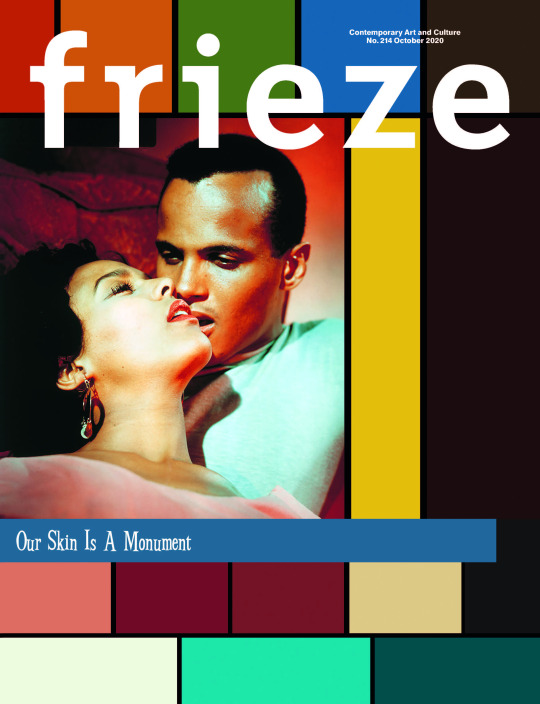
Happy 66th, John Akomfrah.
Our Skin Is A Monument (2020), specially designed for frieze and incorporating a promotional still from Carmen Jones (1954), starring Harry Belafonte and Dorothy Dandridge.
19 notes
·
View notes
Text

Still from Vertigo Sea, 2015. Video, 48 minutes, 30 seconds, color, sound
John Akomfrah
2 notes
·
View notes